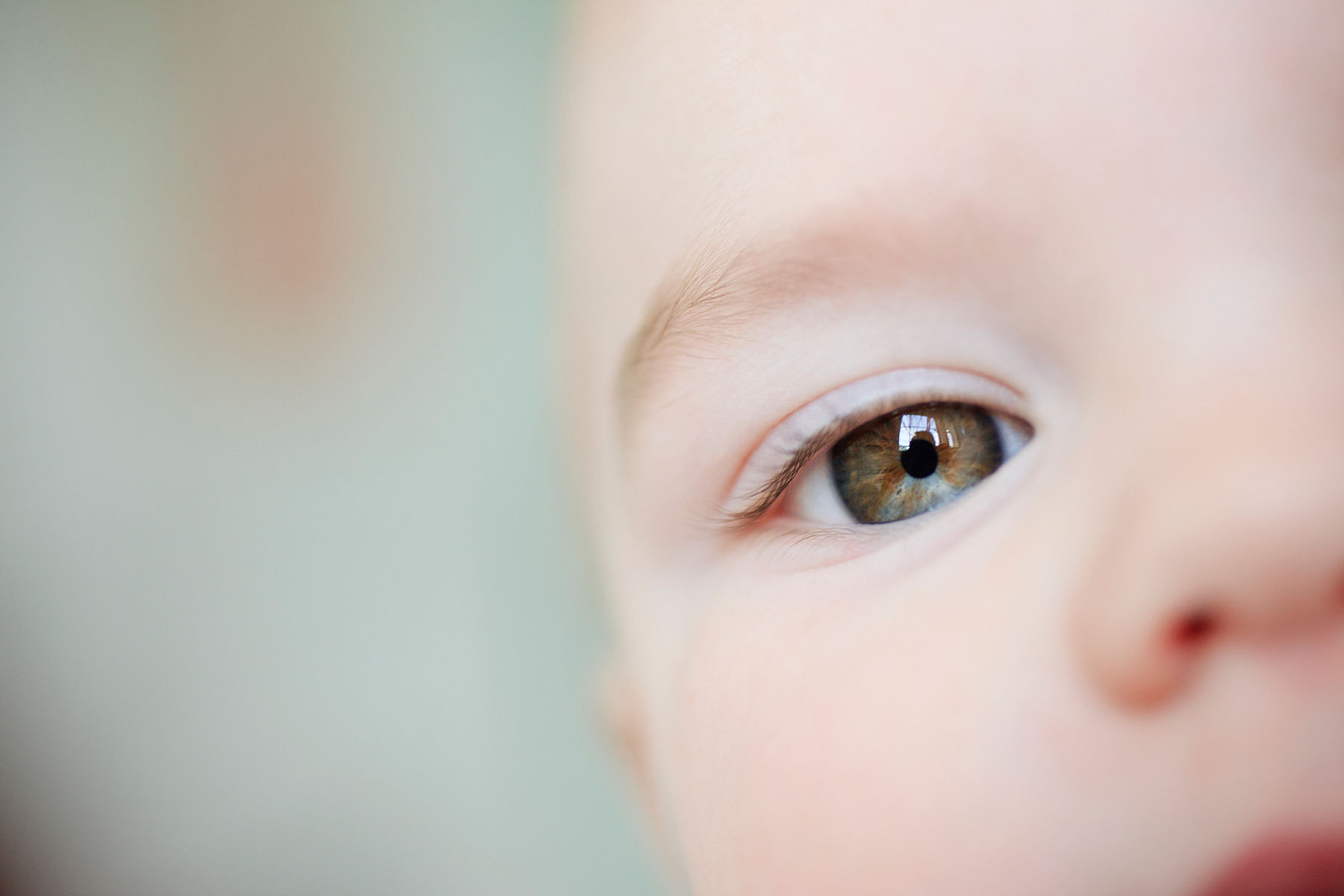Not Your Grandmother’s Glaucoma

Relatively rare and harder to diagnose, pediatric glaucoma is easy to miss in babies and children.
Diapers – check. Car seat – check. You’re ready to bring your bundle of joy home from the hospital. You’re exhilarated, yet exhausted. With so much on your mind, glaucoma is the last thing on your radar. After all, isn’t that an elderly person’s disease?
Actually, about one in 25,000 babies in the U.S. is born with congenital pediatric glaucoma. About one in 5,000 children develops secondary pediatric glaucoma. In both diseases, high fluid pressure inside the eye damages the optic nerve – the structure that sends signals from the eye to the brain. Left untreated, it can lead to permanent blindness.
Relatively uncommon and harder to diagnose, pediatric glaucoma is easily overlooked.
The good news is, when caught early, the disease responds well to treatment. “With timely diagnosis and surgery, we often prevent blindness from this disease,” says Dr. Alana Grajewski. “In fact, 80 to 90 percent of babies who undergo prompt surgery usually have good or nearly normal vision for life.” Dr. Grajewski is founder and director of the Samuel & Ethel Balkan International Pediatric Glaucoma Center, the world’s first integrated services center dedicated to helping babies and children overcome glaucoma. It is located on the main campus of Bascom Palmer Eye Institute, part of the University of Miami Health System.
Even conscientious parents sometimes don’t understand the needs of newborns or small, non-verbal children.
How, then, are you supposed to recognize glaucoma?
Knowing the risk factors and signals is a good place to start.
The disease is genetic, but most children treated at Bascom Palmer have no family history of this condition.
In babies, symptoms may include:
- Excessive tearing
- Light sensitivity
- A large, cloudy cornea causing the eye to look dull or hazy
In older children, the disease usually progresses without noticeable symptoms, but tends to occur more often in children who have one of the following conditions:
- Aniridia
- Axenfeld-Reiger Syndrome
- Neurofibromatosis
- Sturge-Weber Syndrome
- Ongoing steroid use
- Eye injury or prior eye surgery
Children with glaucoma also tend to be nearsighted, have lazy eye or crossed eyes.
It’s easy to miss the subtle signs of this childhood eye disease. For this reason, make sure your pediatrician examines your baby’s eyes throughout the first year of life. If everything appears normal, your child should not need another eye exam until his or her fourth birthday and every two years after that.
Many parents worry about eye exams. Just getting your child dressed resembles a wrestling match. How on earth will he or she sit through an exam? Relax – our pediatric ophthalmologists are specially trained to diagnose and treat childhood eye conditions. Better still, these compassionate caregivers love working with babies and children.
For more information about pediatric glaucoma or to schedule a consultation with a pediatric ophthalmologist, visit Bascom Palmer Eye Institute online or call 305-243-2020.
Tags: Bascom Palmer Eye Institute, Dr. Alana Grajewski, eye care in Miami, pediatric glaucoma, Samuel & Ethel Balkan International Pediatric Glaucoma Center
